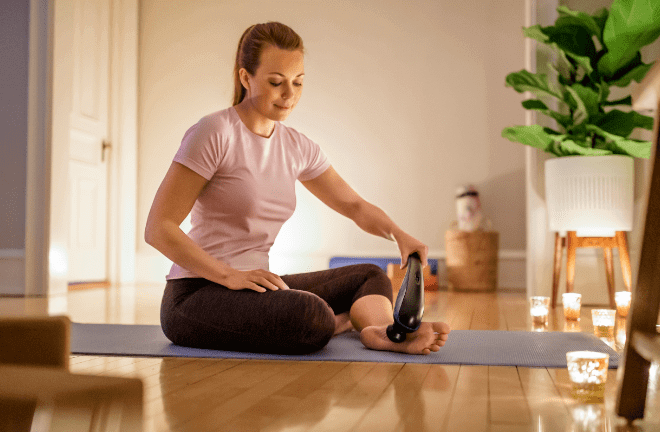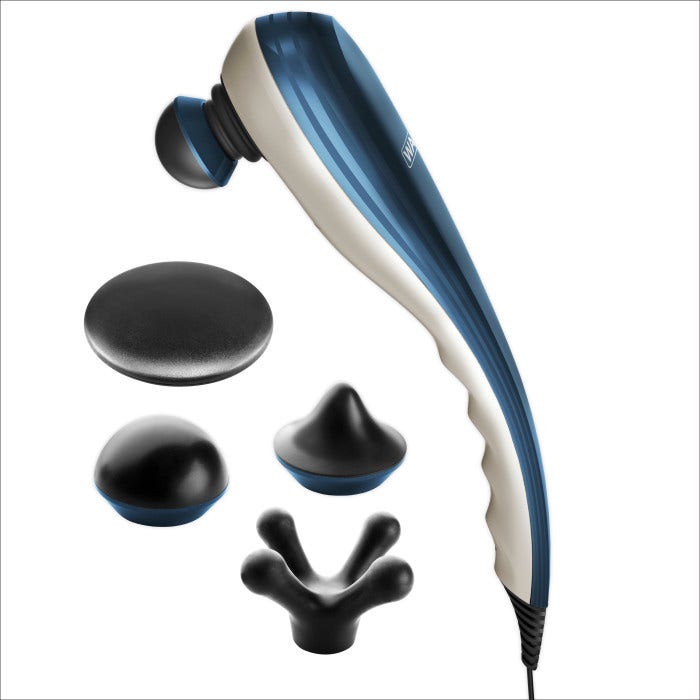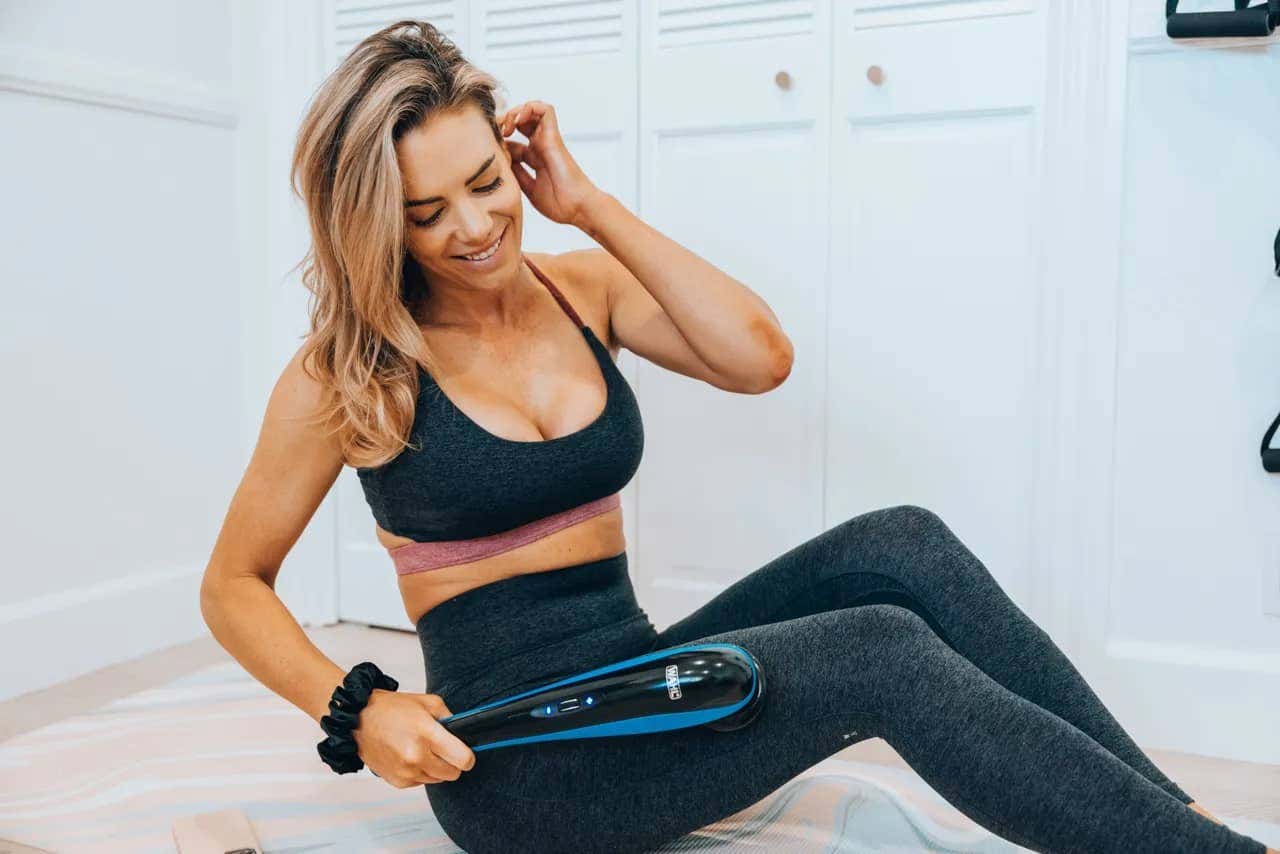When you experience pain, do you:
- Become anxious and depressed
- Pop a painkiller
- Lose sleep
- Call in sick
- Book a massage
- Do nothing, live with it, and suffer in silence
- All of the above
There’s really no simple answer to this question since there are many dynamics – like the type of pain, your background and personality and family and social environments – that can determine what your treatment plan will be, says the Institute of Medicine’s Committee on Advancing Pain Research, Care and Education.
After all, chronic pain is a tenacious problem that will not go away anytime soon, and has implications beyond the source of the pain.
Chronic pain becomes more common as we age, and that’s partly due to health problems like osteoarthritis that become more persistent with the advancing years. It’s no surprise that a national survey finds low-back pain and osteoarthritis to be the most frequent chronic pain conditions older Americans suffer. That’s not to say there are not other conditions that can cause pain as well, like rheumatoid arthritis, migraine, carpal tunnel syndrome and fibromyalgia. In addition, chronic pain can be caused by an underlying disease or health condition, an injury, a medical treatment like surgery, inflammation or a tricky nervous system (known as “neuropathic pain”).
And sometimes, there’s no explanation at all.
But let’s not fall into the trap of feeling depressed, hopeless or despondent.
Here’s some relatively good news for the 100 million adults in the U.S. who suffer from chronic pain: A recent study from the National Institutes of Health (NIH) acknowledges that there are some pain management alternatives to popping a pill or throwing up your hands in despair.
There’s a growing body of evidence suggesting that several alternative approaches – like spinal manipulation, acupuncture and yoga can effectively manage some painful conditions.
And there’s one more – one of my all-time favorites, which dates back thousands of years: Massage. The evidence for massage as a way to manage pain is mounting.
One study, published in the Annals of Family Medicine found that multiple 60-minute massages each week helped people with chronic neck pain more than fewer or shorter sessions did .
Another study by researchers at various universities found that massage therapy helped reduce pain and improve function in people with low-back pain faster than usual medical care did.
And yet another study has suggested that massage therapy is effective for reducing pain in cancer patients (at least, for the short-term).
Let’s hear it for massage!
- It relieves muscle tension by enhancing blood flow, which helps muscles relax.
- It decreases inflammation by activating genes that naturally reduce swelling.
- It reduces pain intensity by diminishing bodily substances that create and prolong pain.
- It improves recovery by stimulating mitochondria, the “energy packs” that drive cellular function and repair.
I know what you’re going to say: How many of us have the time/money/energy to “indulge” in massages? In my dreams, I have a master masseuse visit me at home at the end of each long, tough week. Presto, change-o: My sore muscles, stiff back and tension float away with their magic touch.
But reality enters and tells me to…dream on.
The solution? An all-natural, do-it-yourself massage; no expensive appointments required.
Take a tennis ball, foam roller, or use your own (or a willing partner’s) hands, and massage tight or painful muscles to work out your trouble spots.
Or, purchase one of the many handheld massagers that are on the market. Wahl makes a variety of massagers that are easy to use, large enough to alleviate discomfort in major muscle groups, while being small enough to hold right in your hand.
Take their Deep Tissue Percussion Massager; one of the many they offer. It’s one of the most powerful handheld massagers on the market. Through a combination of interchangeable heads and variable intensity controls, it zeros in on muscle pain that hides out deep below the surface.
True story: My son, a marathon runner and avid athlete, came to visit last night. When he complained that he went a bit overboard on lifting weights the day before, I brought out my massager. At first, he looked at me skeptically. But as soon as I stood behind him and gently began massaging his sore muscles, he was dumbstruck. I handed it off to him, and he quickly got lost in alleviating all the other parts of his body that he had also overworked in his passion to stay in shape.
After all these years, it felt good to still be able to soothe my (now-grown) child’s aches and pains.
But I can tell you this: He’s not going home with my massager
Sheryl Kraft is a nationally recognized health and wellness expert specializing in women's health and pain. Her blog appears on HealthyWomen.org, a health information site dedicated to informing and empowering women to make smart health choices. She is also regularly published in Huffington Post, AARP, Prevention and Woman's Day.

 India (English)
India (English)
 Middle East and Africa (English)
Middle East and Africa (English)
 South Africa (English)
South Africa (English)
 Australia (English)
Australia (English)
 Japan (日本語)
Japan (日本語)
 South East Asia (English)
South East Asia (English)
 Singapore (English)
Singapore (English)
 Europe (English)
Europe (English)
 United Kingdom (English)
United Kingdom (English)
 Argentina (Español)
Argentina (Español)
 Brazil (Portuguese)
Brazil (Portuguese)
 Colombia (Español)
Colombia (Español)
 Latin America (Español)
Latin America (Español)
 México (Español)
México (Español)
 Chile (Español)
Chile (Español)
 Peru (Español)
Peru (Español)
 Canada (English)
Canada (English)





_0_0.jpg)
